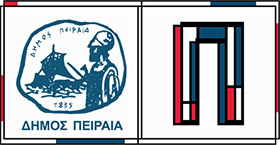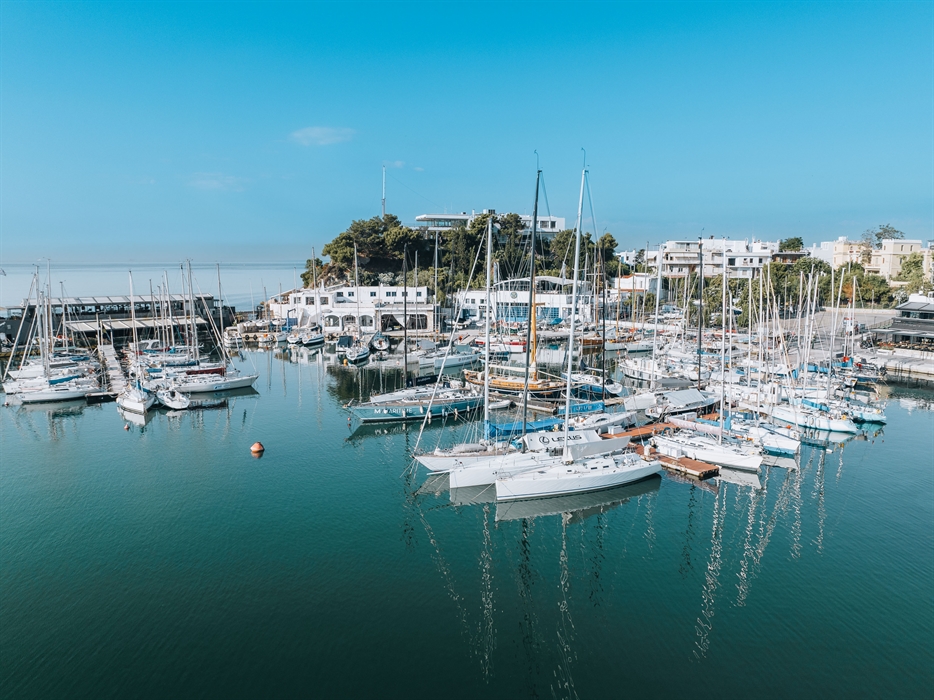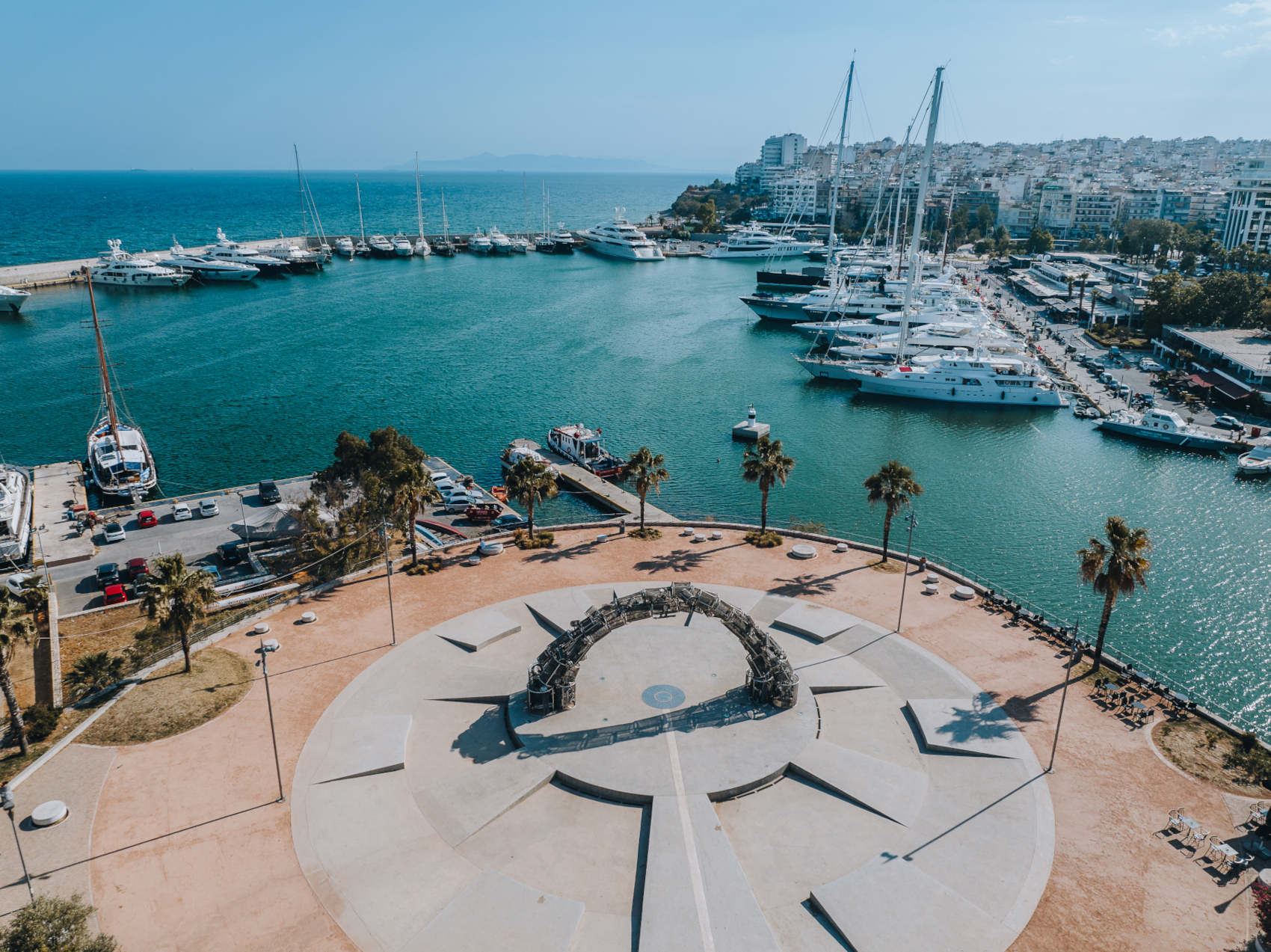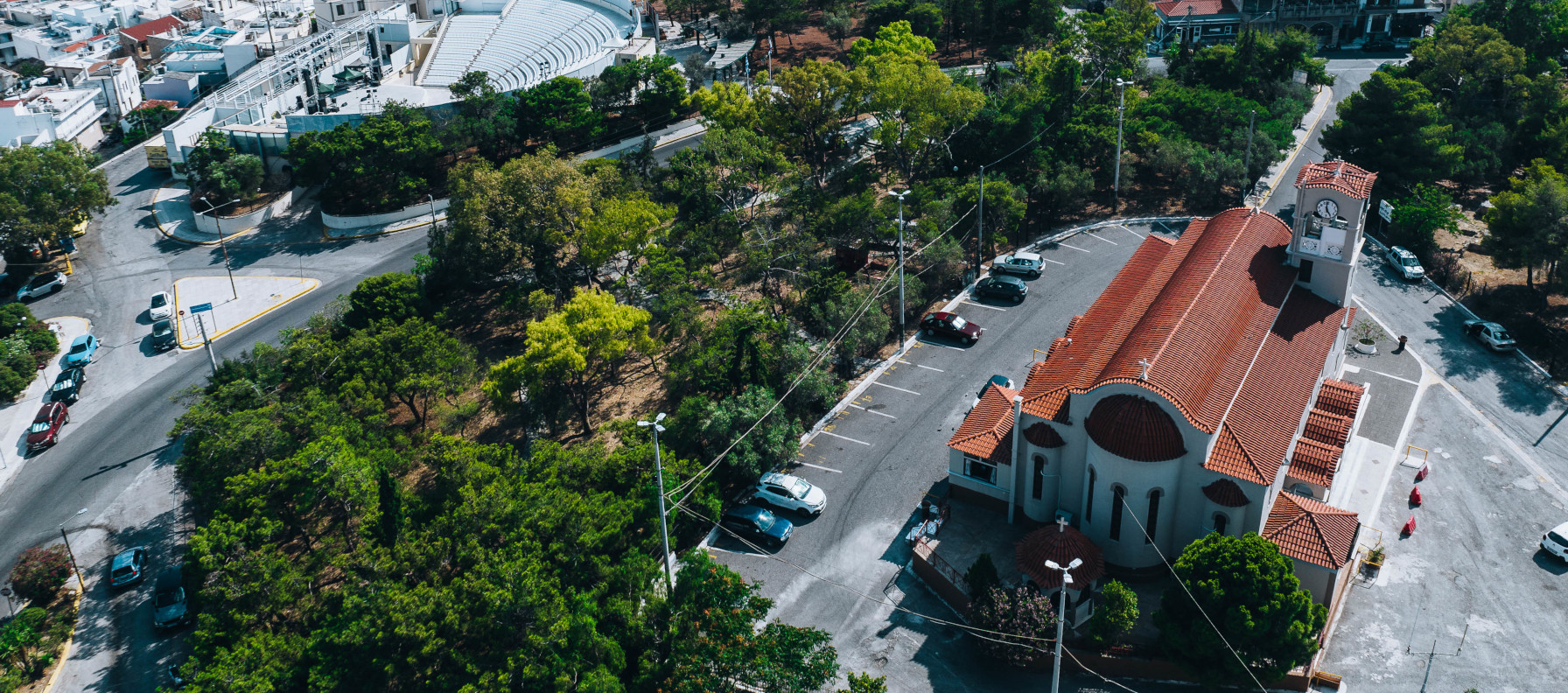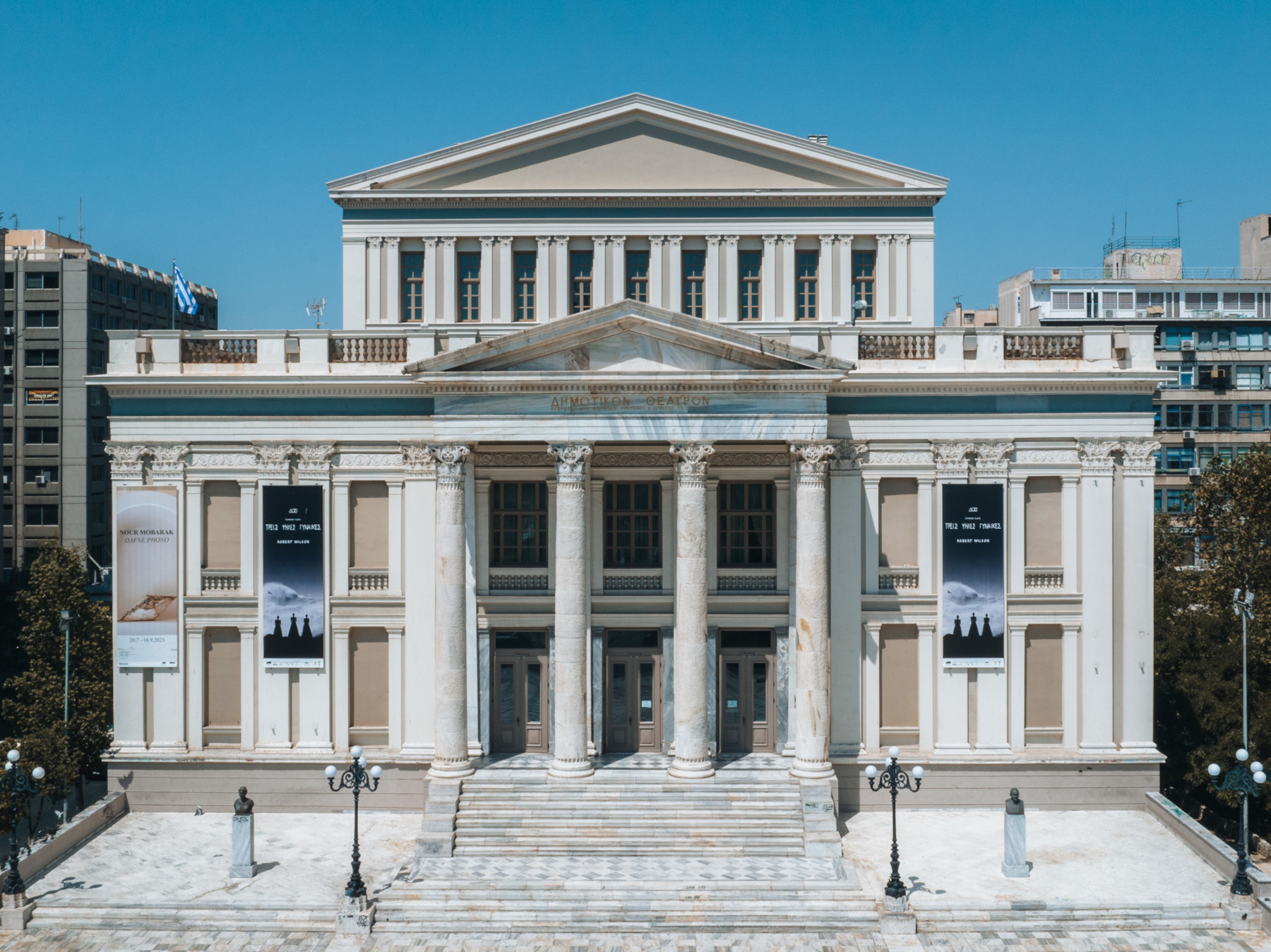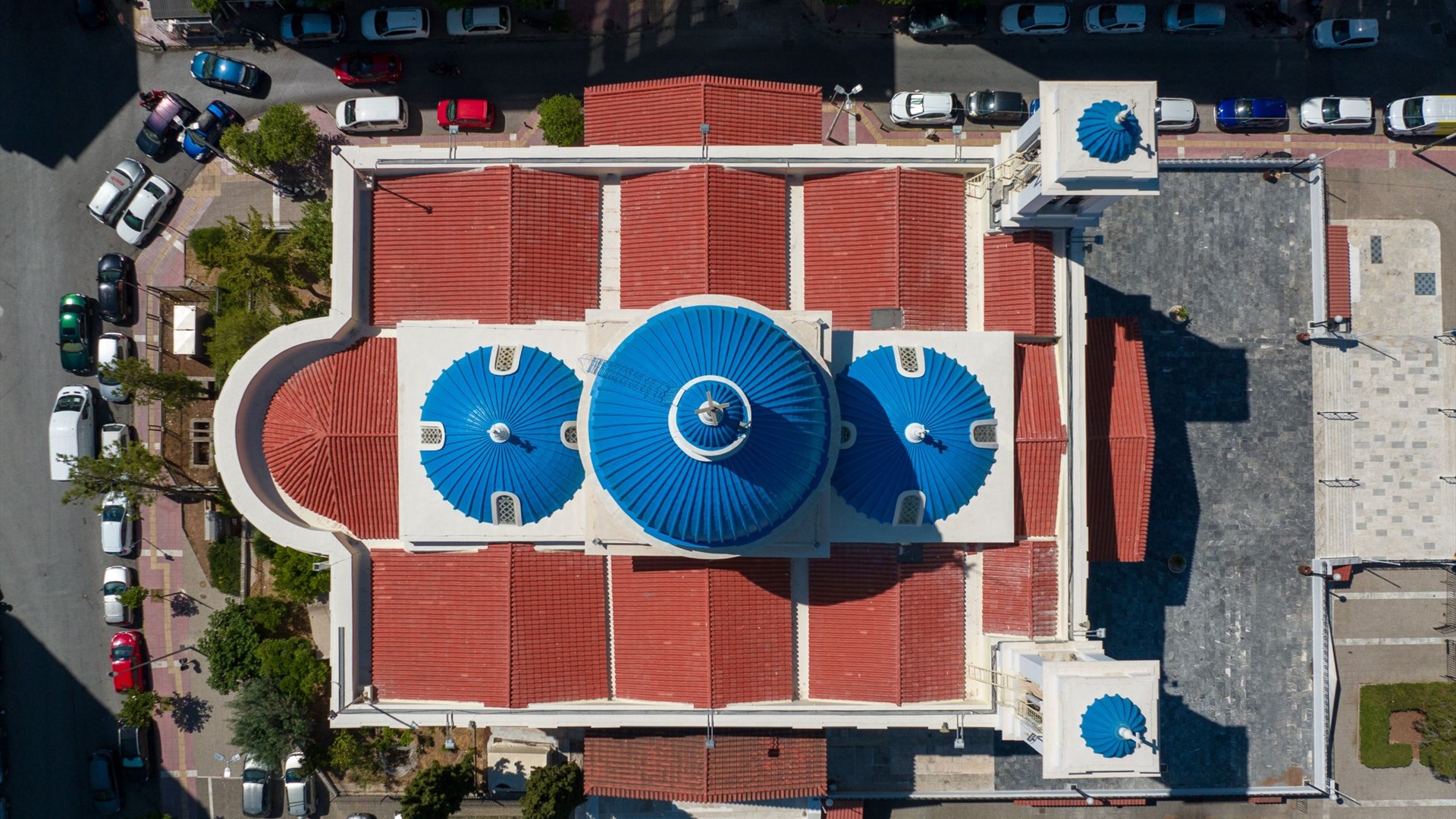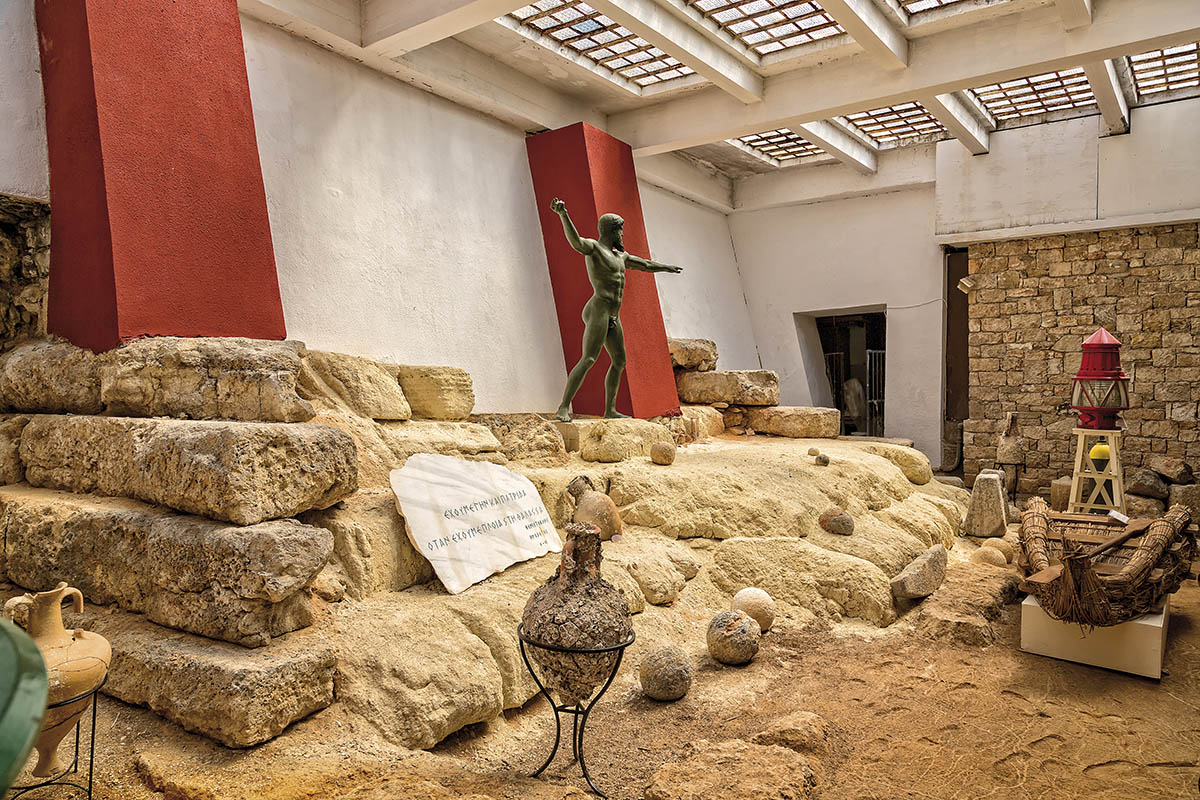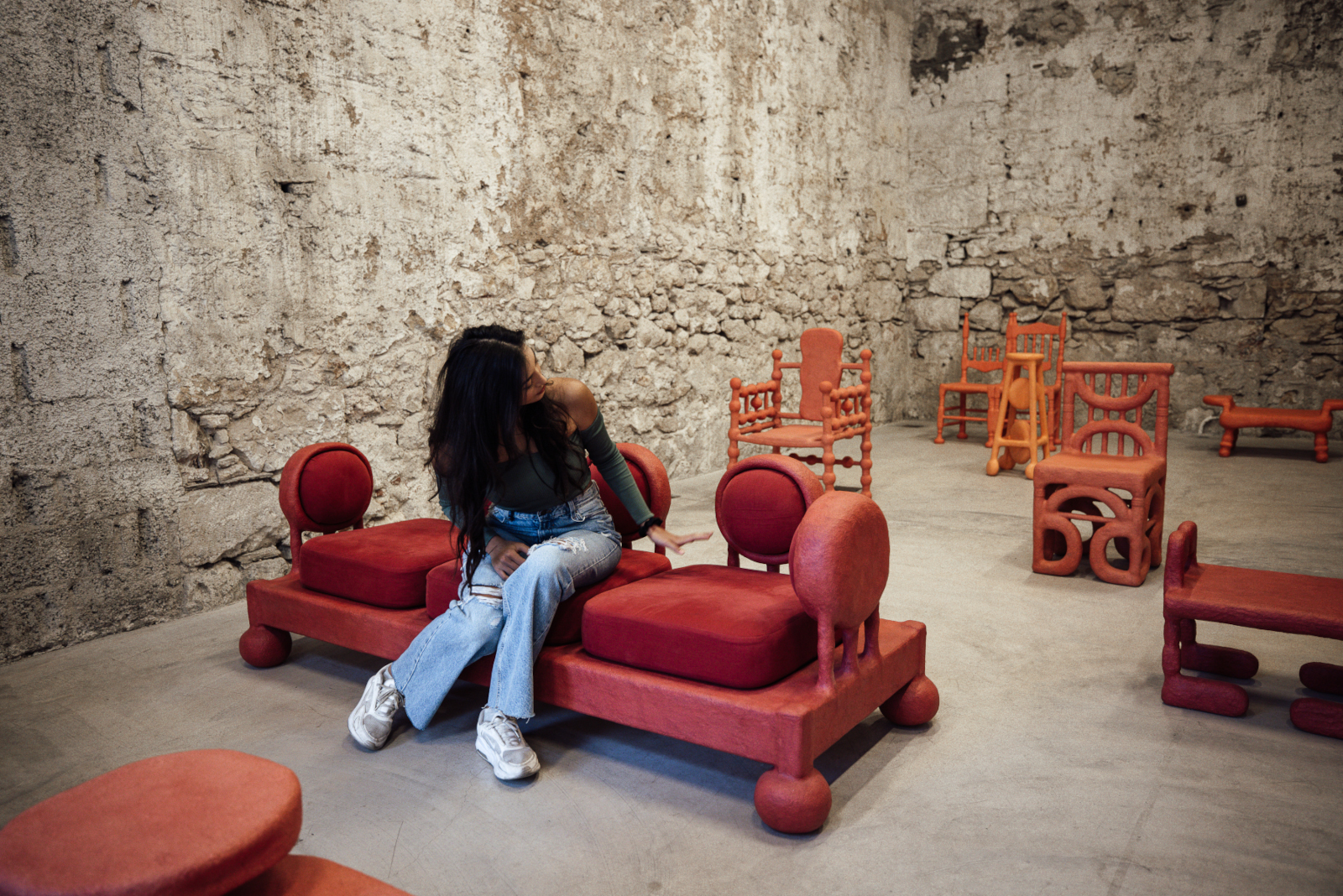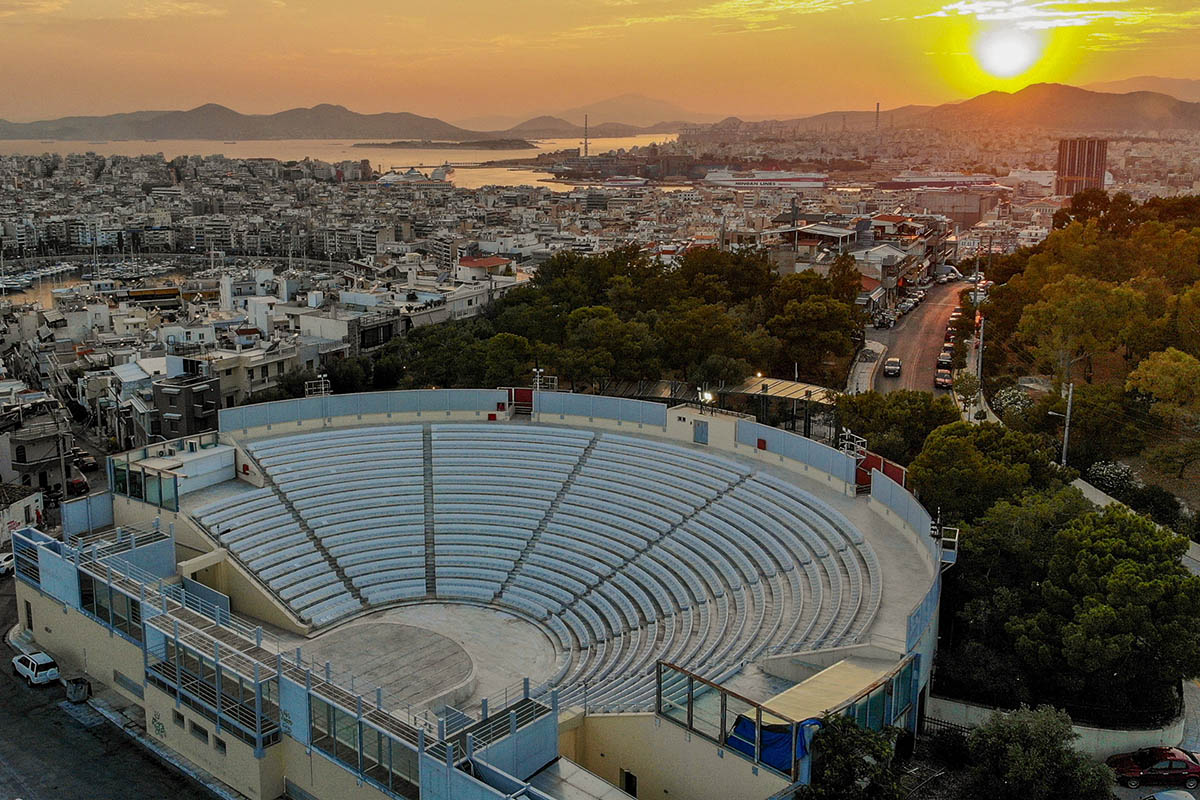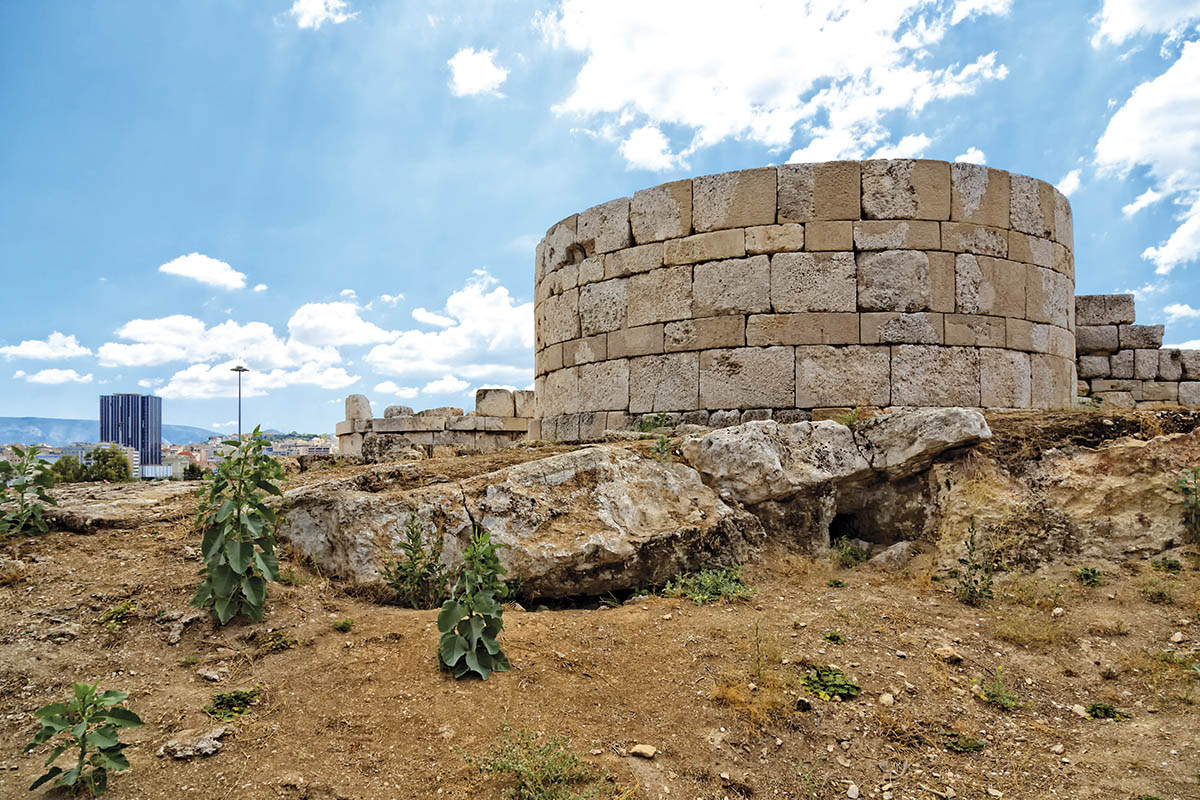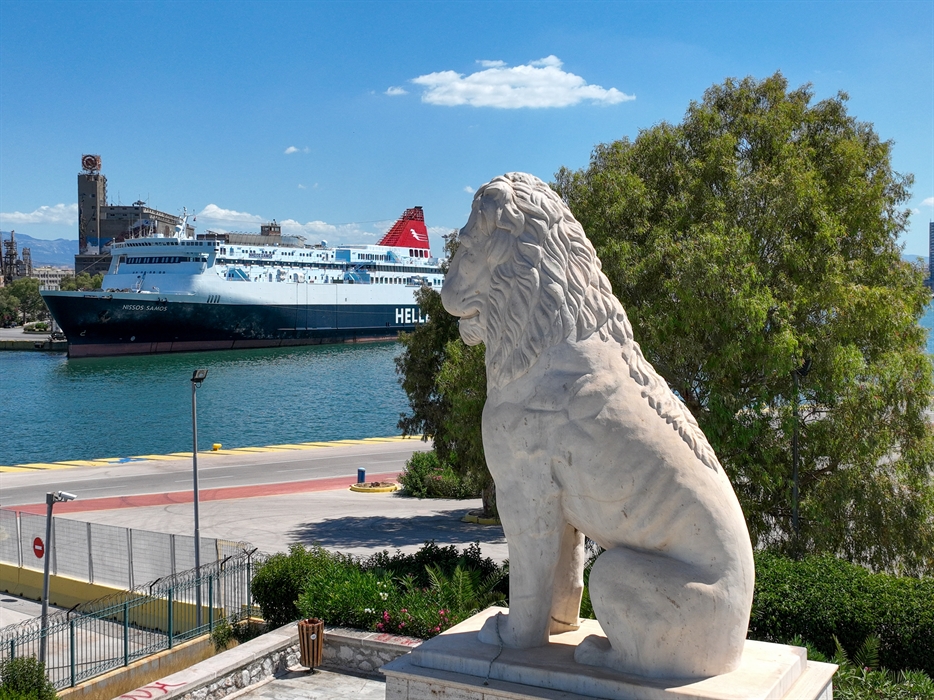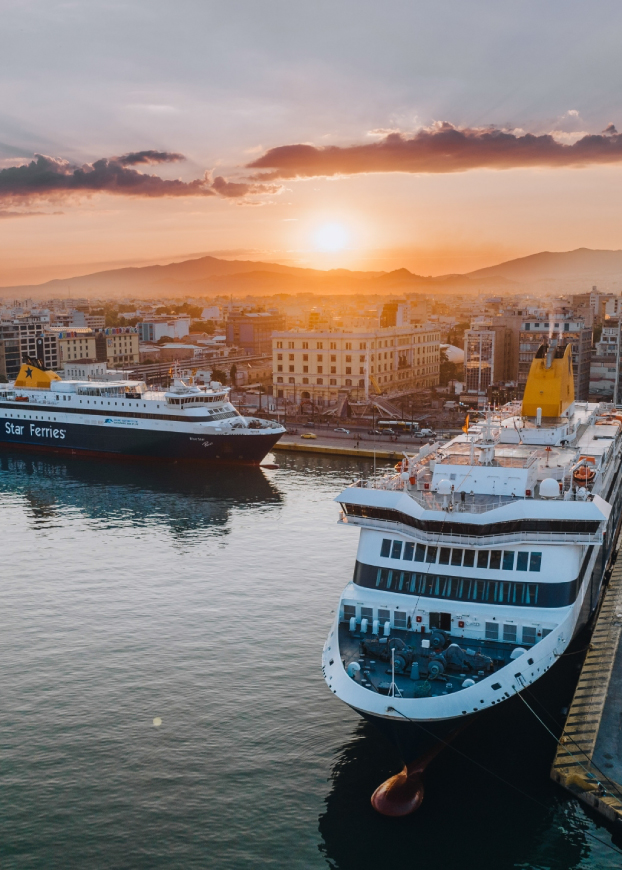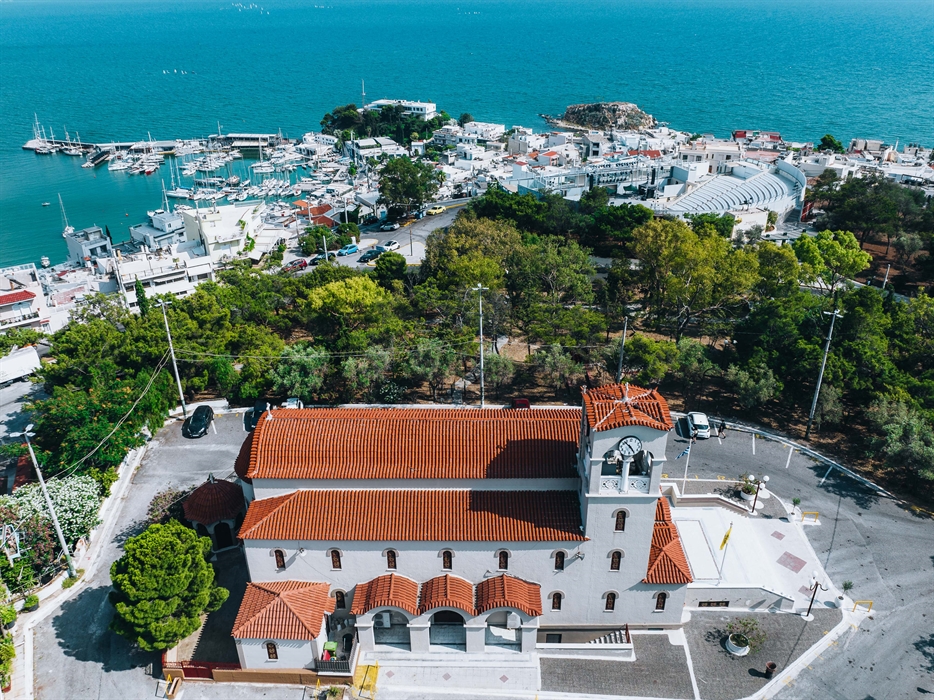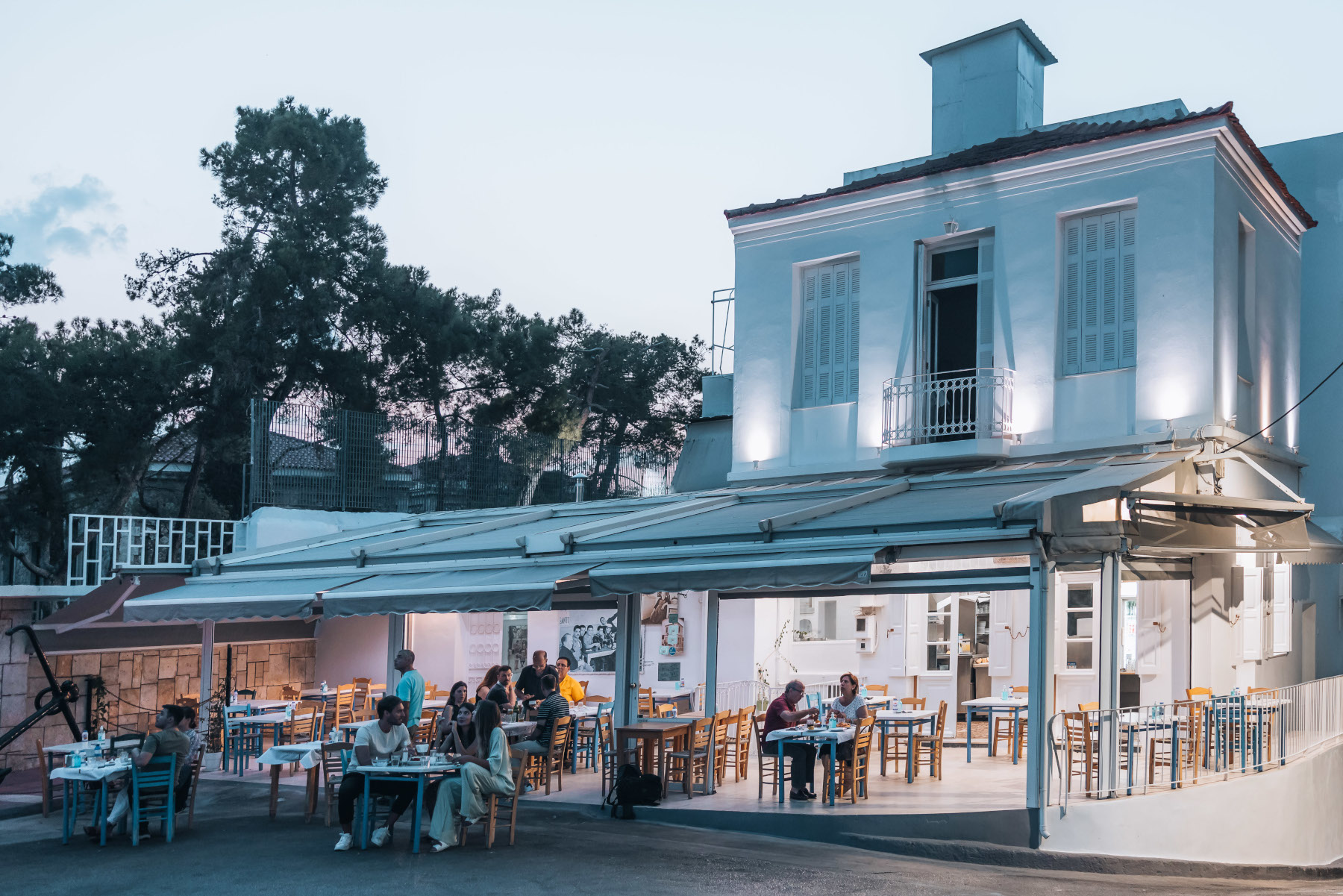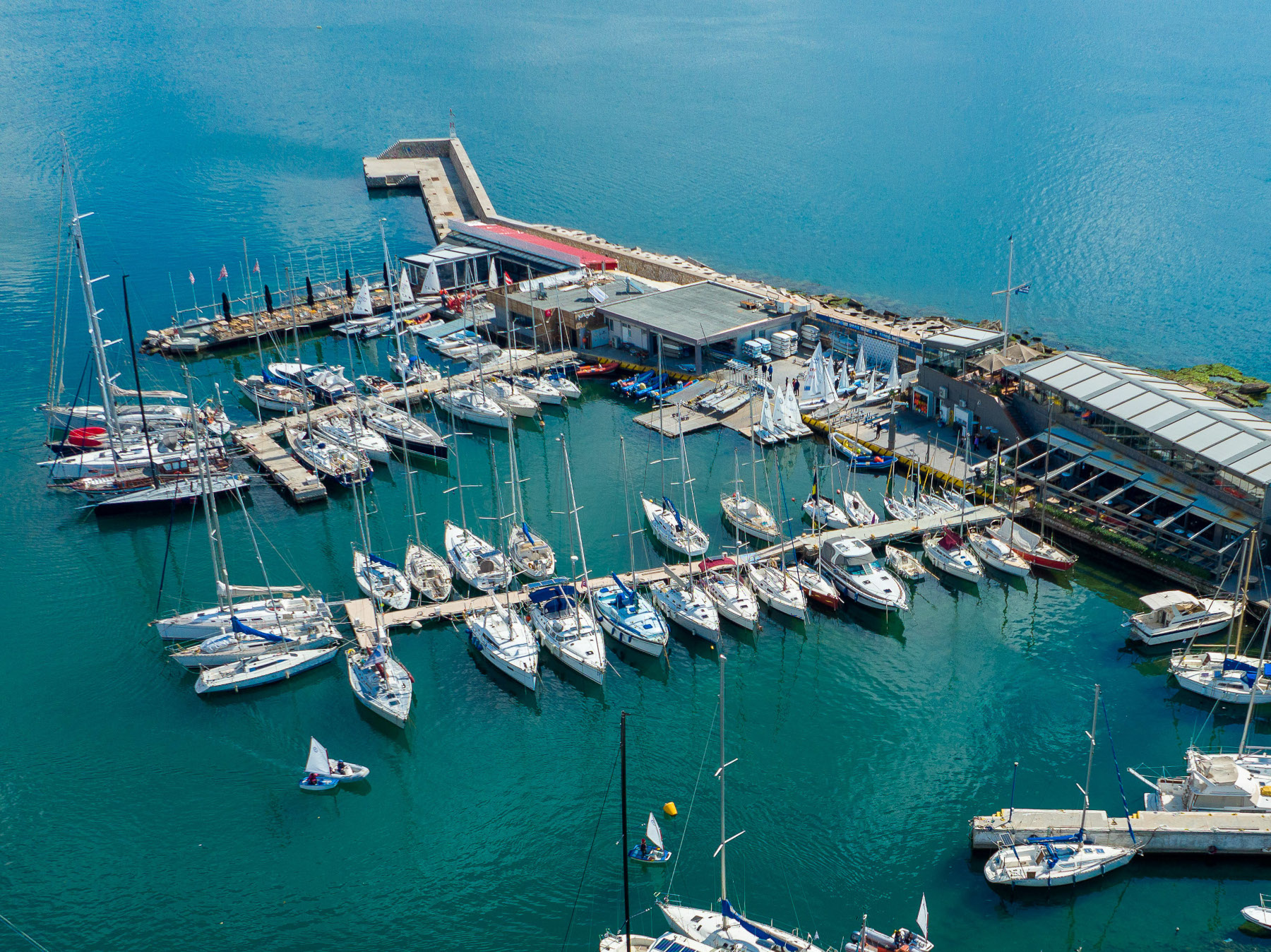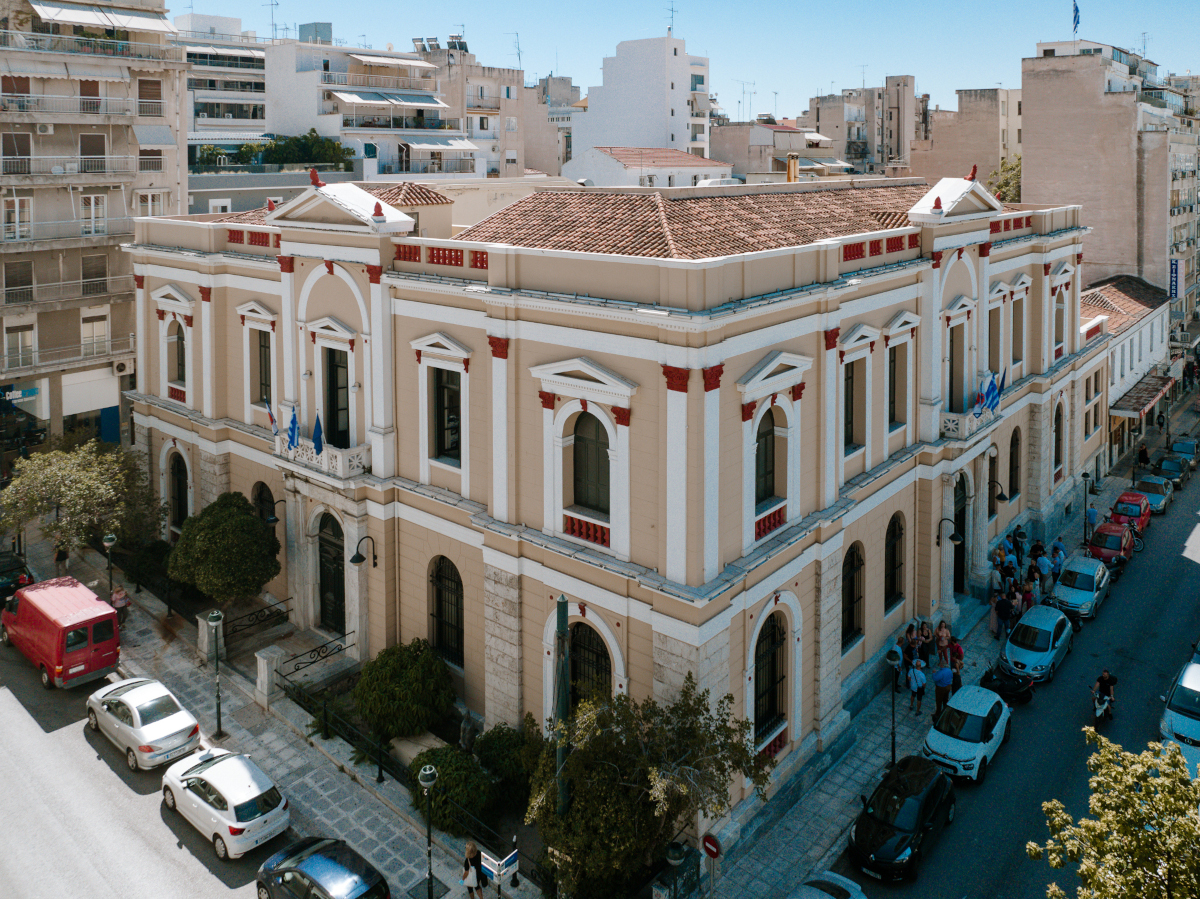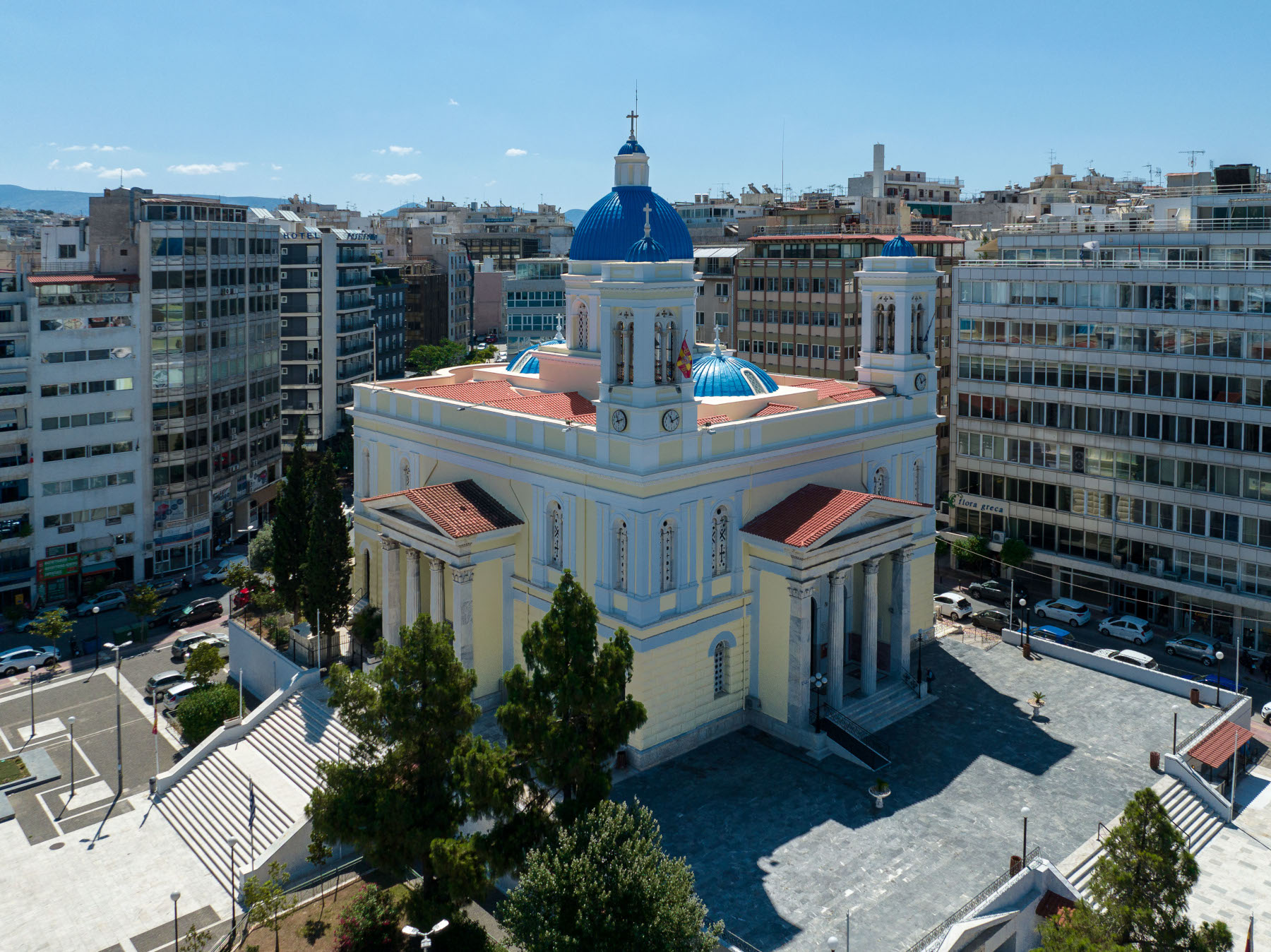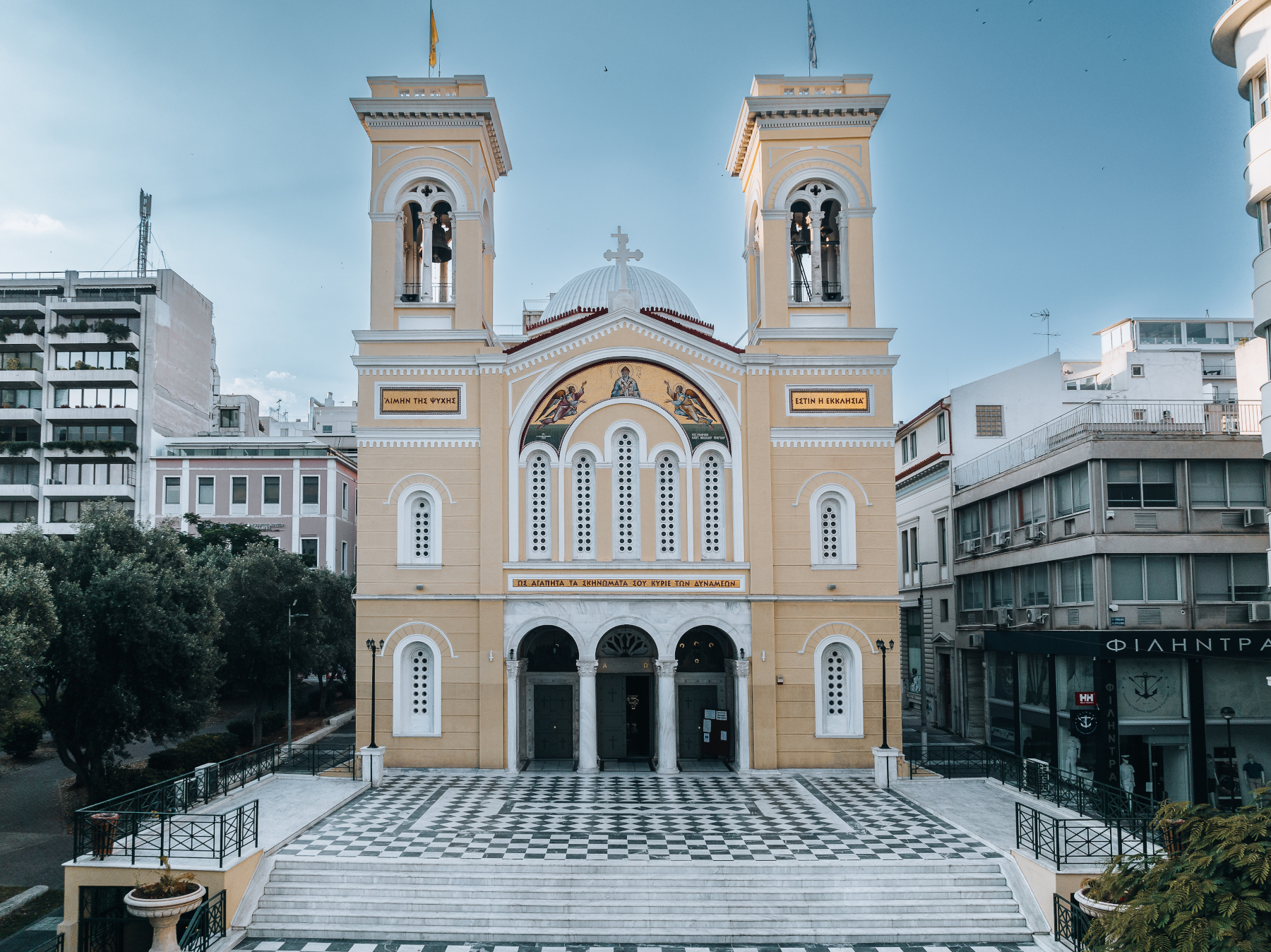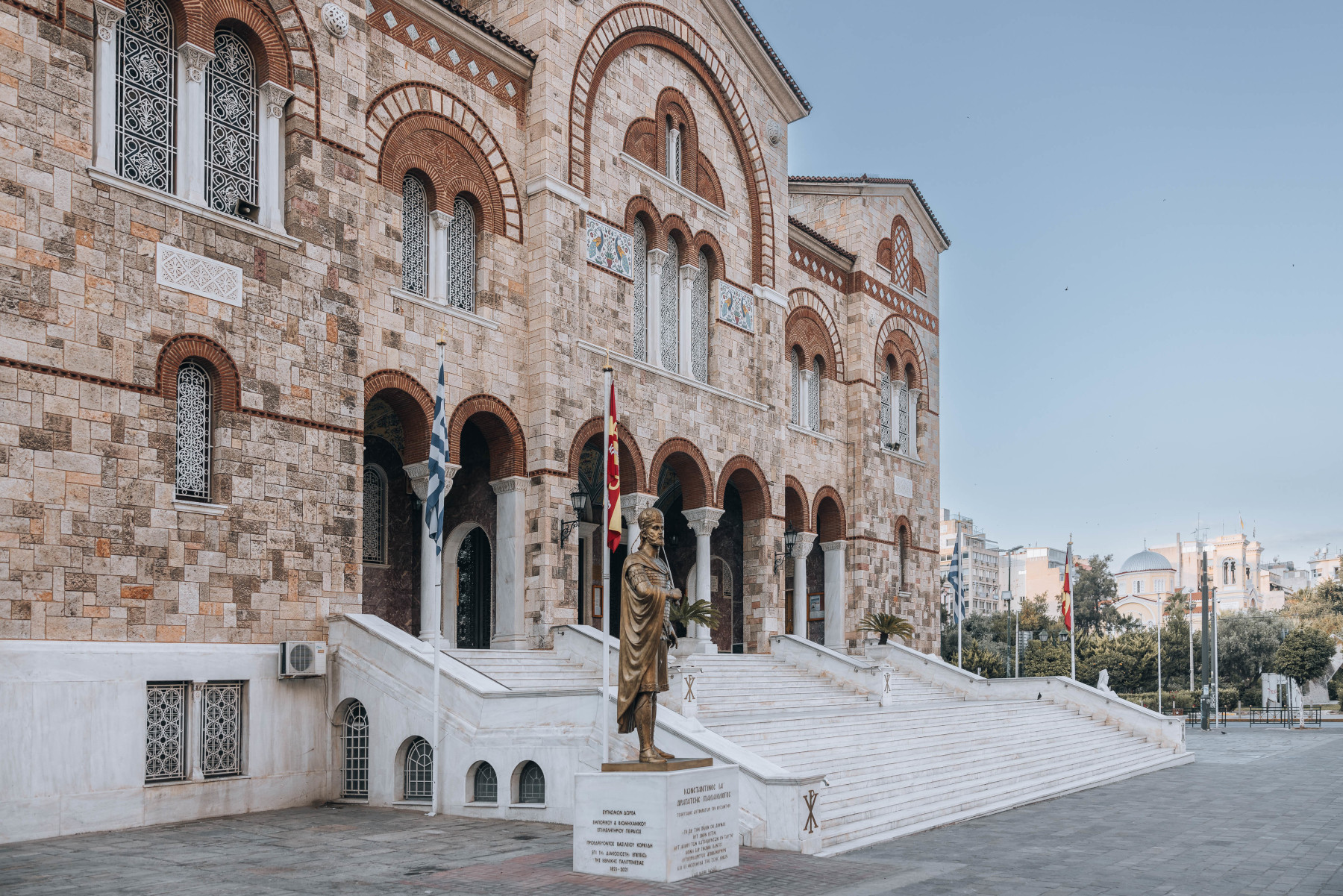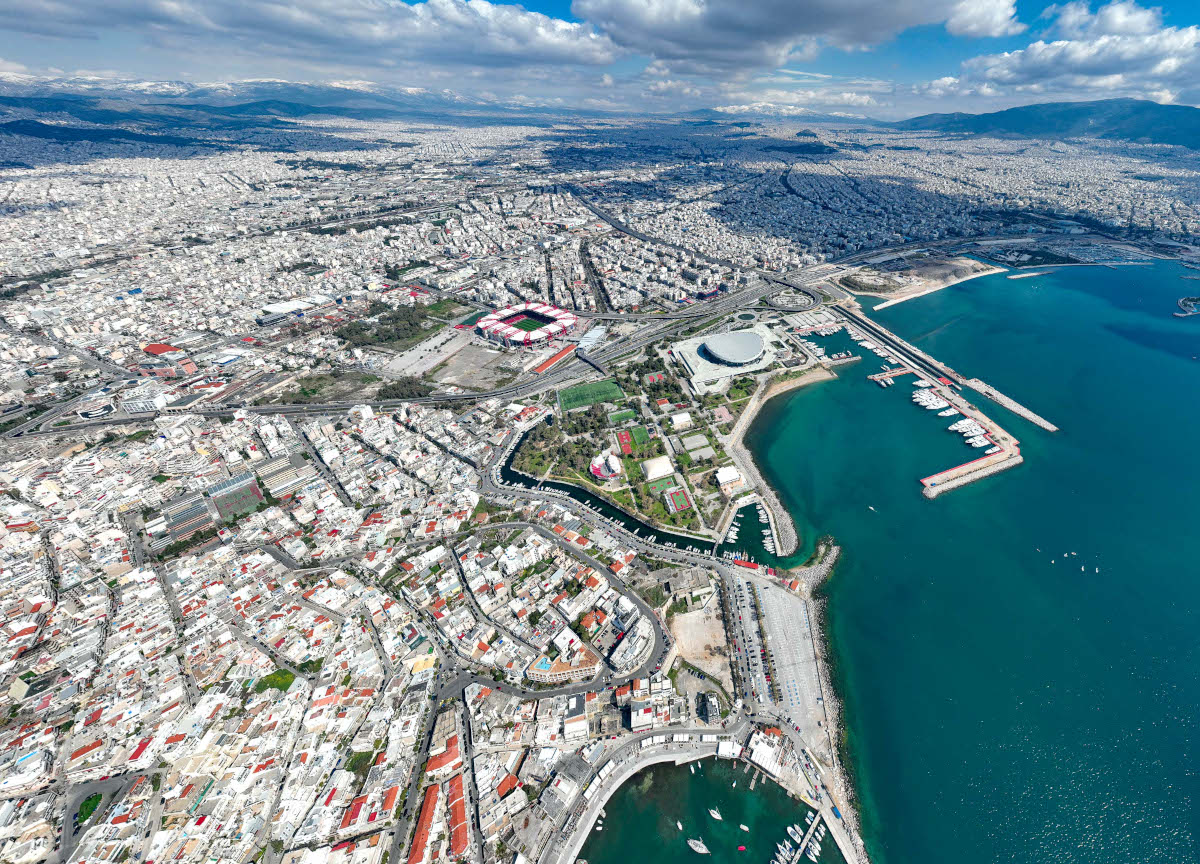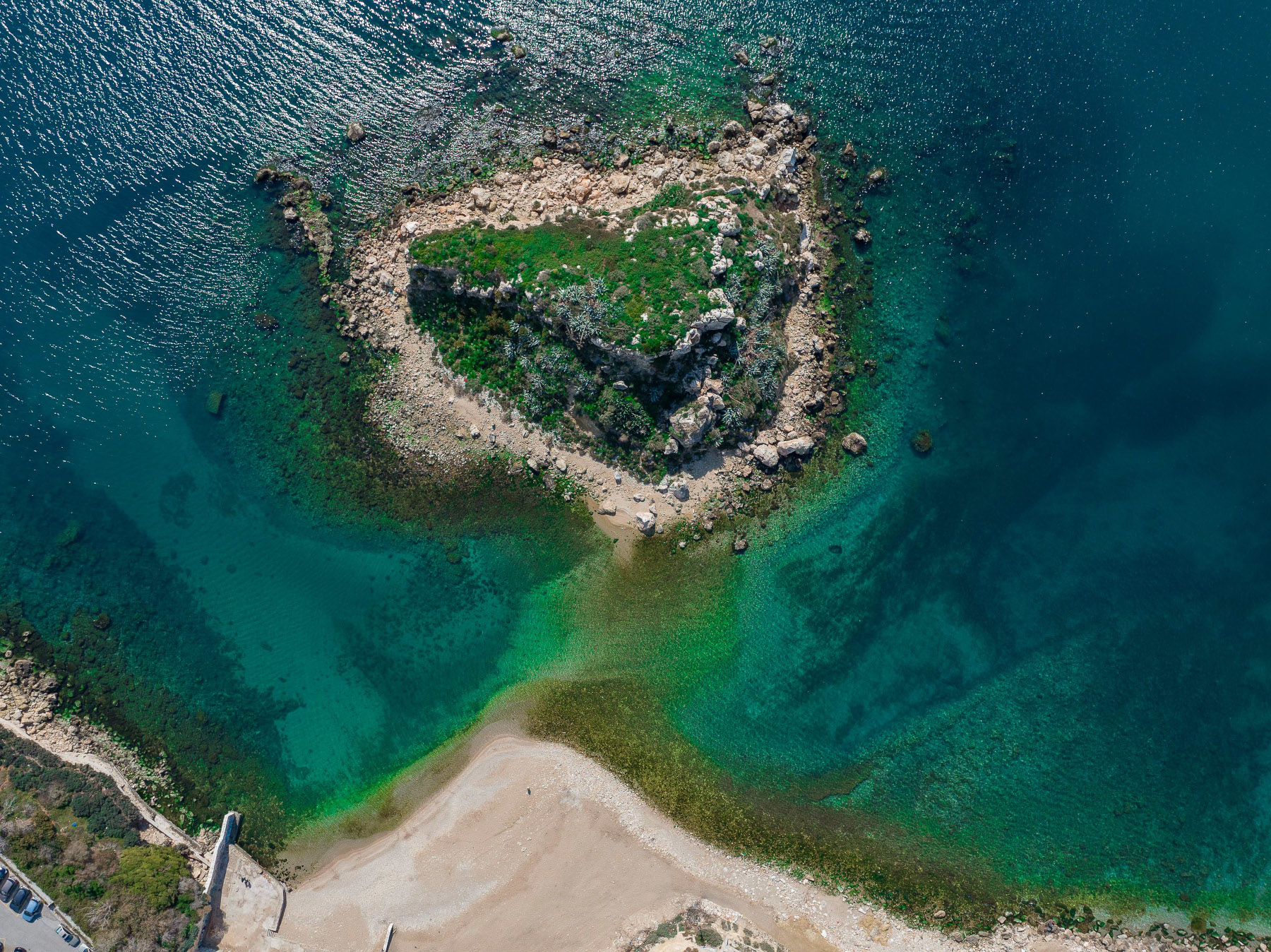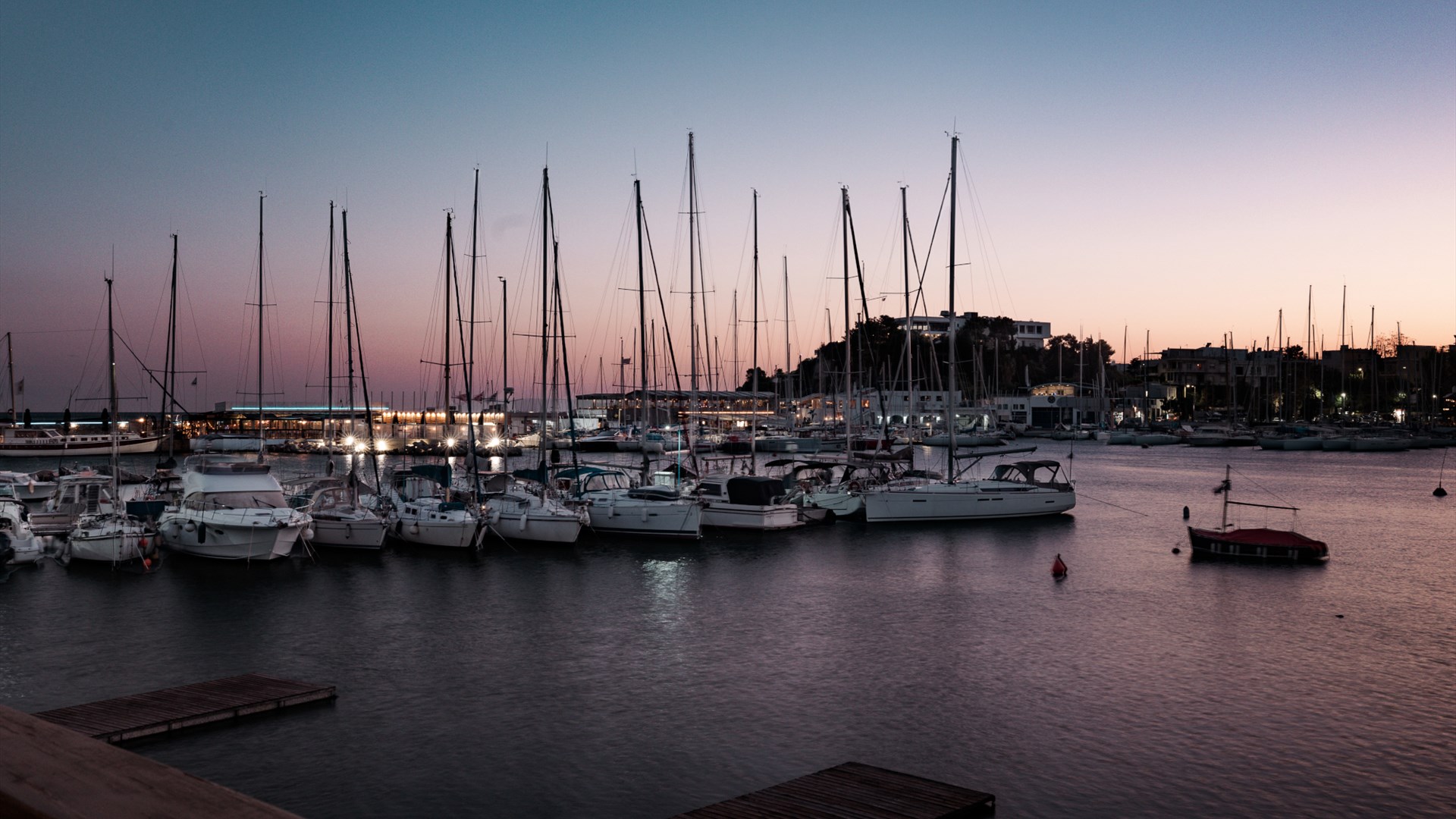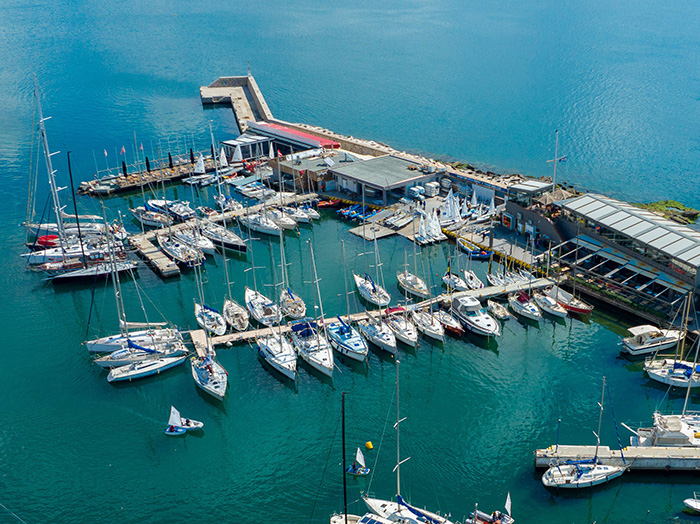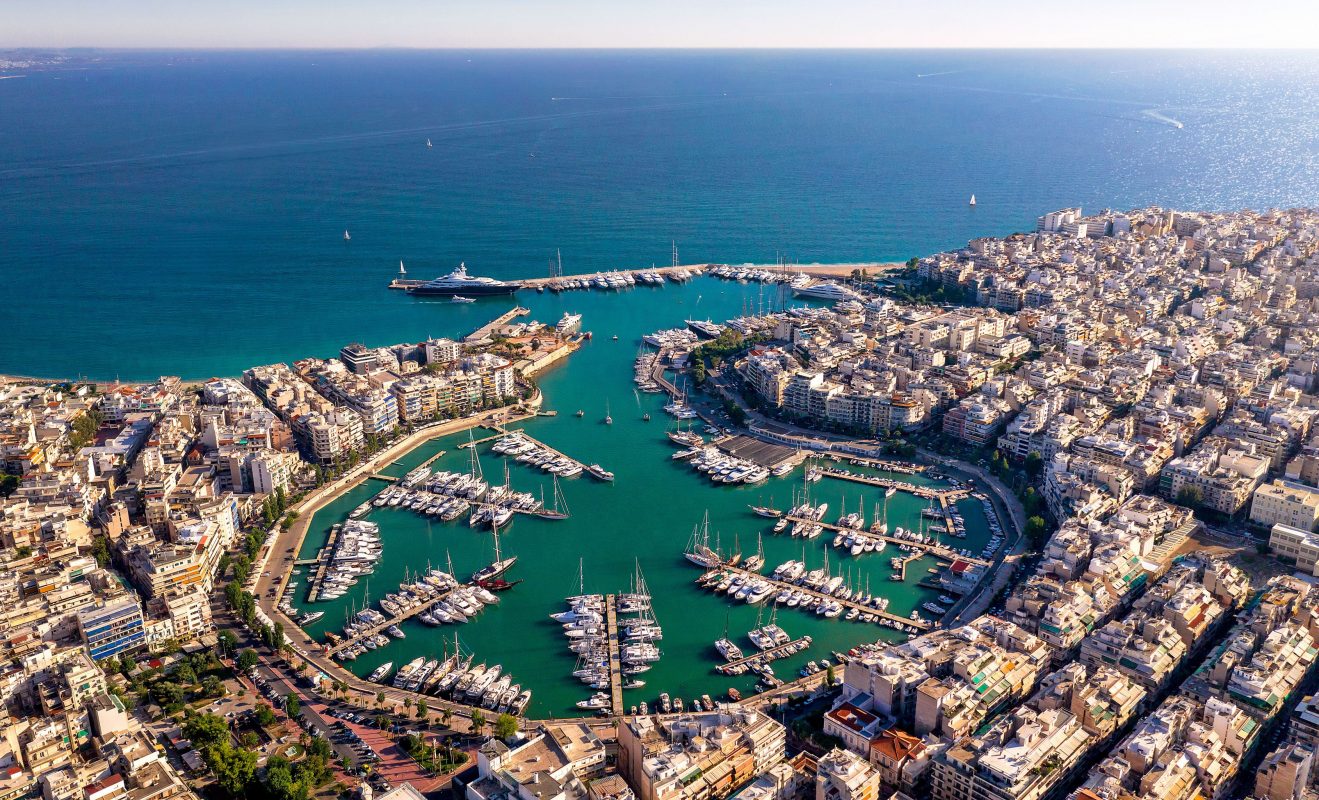The echoes of the ever-busy port of Piraeus accompany conversations, music, and laughter in the "peristyles," the discussions of gentlemen about commerce, politics, and international affairs, and the confidences among well-dressed ladies.
Take note of this historical period: 1880-1928.
Ziller, Lazarimos, Zizilas. Remember these names. The architects who, along with others, shaped the neoclassical identity of the city during its prosperous years.
Neoclassicism, eclecticism, along with other movements such as baroque, which flourished abroad, are reflected in the facades and details of buildings with frescoes, cornices, terracotta ornaments, and balconies. Many remarkable examples of these wonderful houses are still preserved today in various parts of the city, along with newer buildings, or impressive examples of industrial architecture.
So, let's take a walk.
- In the city center and the harbors
- The Municipal Theater: the neoclassical gem and cultural center of the city, built according to the plans of I. Lazarimos and inaugurated in 1895.
- Vatzi Mansion (Boumboulinas and Akti Miaouli). Combining baroque with eclectic architecture, it dates back to 1924. The architect was A. Nicoloudis, who also designed the Nicoloudis Arcade and the Attikon cinema in Athens. Its original use was dual: as a hotel and as a business headquarters. In 1944, it housed the Central Port Authority of Piraeus. In the 1950s and 1960s, it became the headquarters of shipping companies, and in 1970, it was acquired by the National Bank.
- The Strigkos family house (Akti Moutsopoulou and 2nd Merarchias). It belongs to the Aikaterini Laskaridis Foundation. It is believed to be the work of Ernst Ziller. The neoclassical building was purchased in 1917 by the entrepreneur G. Strigkos. It was occupied by German troops during the Occupation and later became an Officers' Club.
- The Metaxas Residence (Grigoriou Lambraki 101). Renovated between 2001-2005, it proudly represents the famous architect Ernst Ziller. It was built between 1897-1899 and belonged to the well-known industrialist Spyridon Metaxas, whose surname became a hallmark of brandy. Its frescoes inspired Tsarouhi when he stayed there in his youth (1920-25). Take a look at it from all sides, imagine it in its glory, and admire the statues on the terrace, the gardens with palm trees, the balconies, and the emblems adorning the courtyard gates with wrought ironwork.
- The old Post Office (Filonos 29). This elegant neoclassical building from the early 20th century houses the Municipal Art Gallery. It was also known as the Telegraph Office or Telephone Exchange. Built between 1889-1901, it was organized as a postal service to facilitate commercial transactions.
- The Aikaterini Laskaridis Library (Praxitelous and Boumboulinas). You can admire this three-story neoclassical building both externally and during the library's operating hours.
- The Chatzikyriakio Girls' Orphanage (Kleisovis 18, near the port, visible externally as it operates as the Foundation for the Protection of Children). Designated by the Ministry of Culture as a "Work of Art and a Preserved Monument," the sturdy neoclassical building gave its name to the surrounding area. It is built around a very large interior courtyard, has arched windows, a surrounding arcade, and four levels. It embodies the neoclassical typology of the era. Built in 1883 on a 50-acre plot, its history is unfinished... It has served as a hotel, a hospital, a refugee care center, was occupied by the Axis forces during the Occupation, and later became a Club for Officers.
- The School of Naval Cadets (Hatzikyriakou Avenue 48). When you see it, you'll definitely wonder, so let us tell you from the beginning that, yes, behind the impressive neoclassical complex of the three buildings, you'll find the signature of the famous Bavarian architect Ernst Ziller. Its existence is owed to the legacy of the Greek national benefactor Pantazis Vassanis (hence it's also called Vassaneio Mansion). Completed in 1904, it housed the school for officers of the Hellenic Navy. Since its founding, the School has been training naval officers and is considered one of the best in the world.
- Hellenic Suburban Railway Station (ISAP). It was called the Palace of Athens-Piraeus Electric Railways. Constructed according to the model of the equivalent station in Milan in the 1920s, with architects Miltiadis and Iason Axelo.
- The Tower of Piraeus. It has been welcoming and bidding farewell to travelers for many years: The 25-story building from 1970 is the second tallest in Attica. In the coming years, it will be transformed into an eco-friendly building, as it is undergoing complete reconstruction. - In Kastella.
- The residence of the industrialist Patsiadis (corner of Alexandras Square and Kountouriotoy Coast). Among the many neoclassical buildings of the 19th century that you will discover while walking in this beautiful neighborhood, you will also see part of the twin mansions built by Ernst Ziller when he settled in Greece, which was named after him. It is characterized by the metal cone on the roof. It once housed the Italian Consulate and various restaurants. The frescoes inside were preserved for many years. - Industrial Buildings
In Piraeus, especially in the harbor area and the neighborhoods of Agios Dionysios and Papastrateio, industrial buildings dominate and impress. Some of them remain abandoned, while others have begun or are pending significant investments for restoration and reuse. It's worth walking around the areas of Agios Dionysios and Papastrateio, where some of the industrial architecture samples have been transformed into galleries and entertainment spaces.
Info:
- A series of interesting neoclassical buildings can be found in Ypsilantou, Evaggelistria, Voulgari, and Perikleous. Three neoclassical buildings, one of which is the renovated middle one, stand out in the Terpsithea area (on Iroon Polytechneiou Street).
- It is estimated that there are approximately 3,500 buildings in Piraeus from the period 1840-1940 with particular cultural and historical significance. Official documentation has started with the aim of their preservation.
Let your imagination run free. Large windows allow the sea breeze to cool the high-ceilinged halls of neoclassical mansions with frescoes, crystal, silverware, and artworks.








